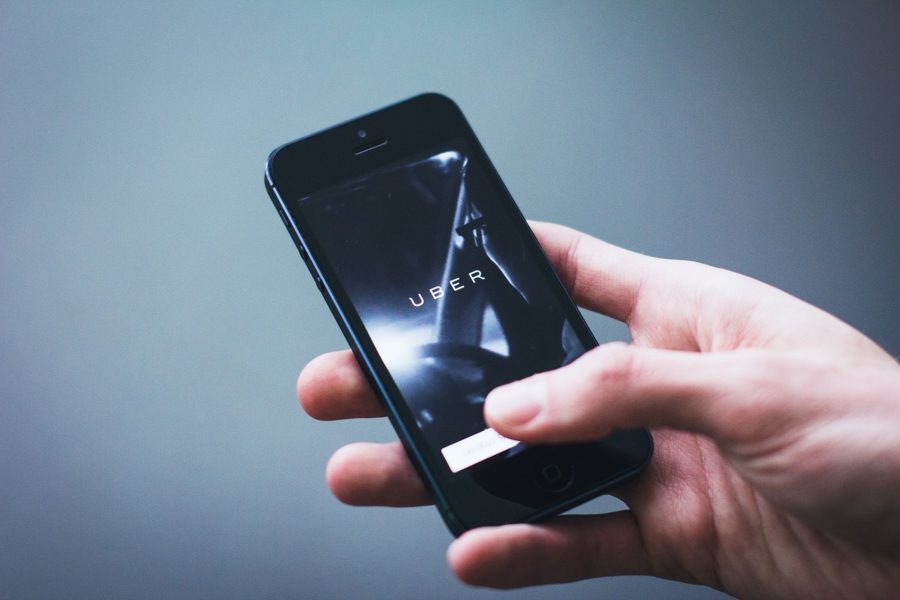Turns out ride sharing as an eco-friendly transportation alternative may not be all it was once cracked up to be. In addition, new research suggests that compared to private-passenger-vehicle- or taxi-use, ride-sharing, in the area of environmental-friendliness, may not be – to use an idiomatic expression – up to speed. Some reading this may be wondering just how that can be.
The backstory
Motor vehicles provide considerable mobile or mobility flexibility. They go wherever roads provide access to. And, as for passenger trains, though their reach is more limited – fewer rail lines offering access to fewer places or destinations – they do, however, offer the rider certain comforts or amenities that are typically unavailable to the motor-vehicle traveler such as that of onboard sleeping accommodations in specially outfitted sleeping cars afforded train passengers for trips made in the overnight hours. As well, trains have the added advantage over motor vehicles of that of being able to haul large numbers of passengers per conveyance. So, there is an obvious trade-off here.
As a way to reap some of the benefits of the train while at the same time still having the flexibility of automobile travel, concepts like bus transit, carpooling, ride-sharing, taxi and van and shuttle service all fill the bill in that regard.
All well and good, but even with all the available roadway space, and even with these alternative means of getting from place to place, roadway congestion continues to plague this particular platform or realm especially in large cities. And, therein lies the problem.
On the other hand and in contrast, trains may still be the best thing going when it comes to not only addressing congestion but also in helping improve air quality, of course all of it contingent upon large numbers of people traveling this way.
True colors: Ride-sharing maybe not as ‘green’ as previously believed
All of this has significance in terms of its air-quality impacts.
In what way? For openers, transportation now contributes the largest amount of greenhouse gas (GHG) emissions to the atmosphere, worldwide, 29 percent, more than any other single sector. Moreover, and whereas GHG emissions from other sectors have either leveled off or retreated, those emitted from transportation continue to increase.
Meanwhile, in its Apr. 23, 2021 press release: “Study finds ride-sharing intensifies urban road congestion: SMART research finds US road congestion increased by almost 1 percent while the duration of congestion rose by 4.5 percent,” the Massachusetts Institute of Technology (MIT) explained, “In a paper titled ‘Impacts of transportation network companies on urban mobility’ … the first-of-its-kind study assessed three aspects of how ride-sharing (more accurately called ride-hailing) impacts urban mobility in the United States – road congestion, public transit ridership, and private vehicle ownership – and how they have evolved over time.” [SMART, incidentally, in this context, is the acronym for “Singapore-MIT Alliance for Research and Technology.”]
MIT in citing Jinhua Zhao, an associate professor in MIT’s Department of Urban Studies and Planning as well as a SMART [Future Urban Mobility] chief investigator, in the press release continued, “‘While public transportation provides high-efficiency shared services, it can only accommodate a small portion of commuters, as their coverage is limited in most places.’” Zhao in the release in question went on to state: “‘While mathematical models in prior studies showed that the potential benefit of on-demand shared mobility could be tremendous, our study suggests that translating this potential into actual gains is much more complicated in the real world.’
“Using a panel dataset covering mobility trends, socio-demographic changes, and TNC [transport network companies] entry at the metropolitan statistical areas level to construct a set of fixed-effect panel models, the researchers found the entrance of TNCs led to increased road congestion in terms of both intensity and duration. Specifically, they noted that congestion increased by almost 1 percent while the duration of congestion rose by 4.5 percent. They also found a 8.9 percent drop in public transport ridership and an insignificant decrease of only 1 percent in private vehicle ownership.
“The study also finds easy access to ride-sharing discourages commuters from taking greener alternatives, such as walking or public transportation. Survey data from various U.S. cities also showed that approximately half of TNC trips would otherwise have been made by walking, cycling, public transport, or would not have been made at all.”
Really, nothing all-too-surprising there.
– Alan Kandel
All material copyright 2021.


